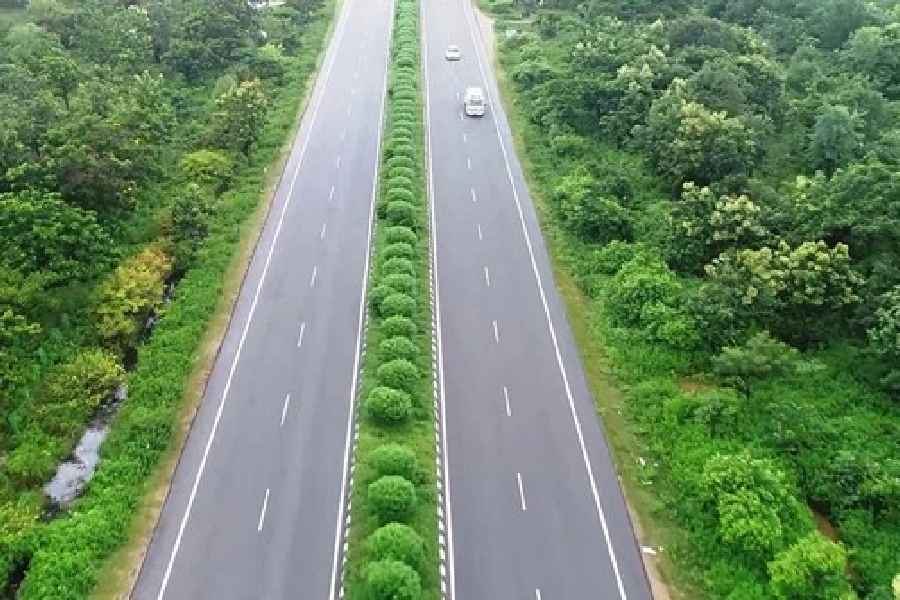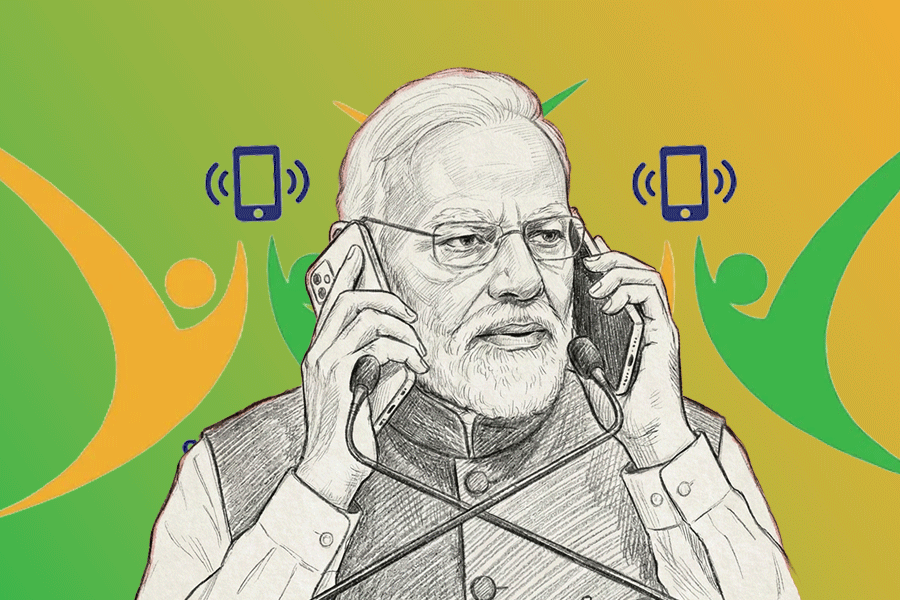One of the most consequential developments during the over-decade-long rule of the Narendra Modi government has been what is often described as India’s ‘highway revolution’. This rapid expansion of highways has transformed inter-city transit and reshaped the Indian countryside. India has added 60% of its total highway length from the past century in just the last decade. This infrastructure push has become a central pillar in India’s ambition to become the world’s third-largest economy in terms of GDP.
These projects, however, rest on a flawed assumption: that rapid highway construction directly translates into national prosperity. This template of expansion comes at a time when automobile-centric development is in decline across much of the world due to concerns with climate change and long-term sustainability challenges. The United States of America has been reversing this model since the 1970s, following the oil crisis and freeway revolts. Many American cities have since dismantled urban freeways, replacing them with parks, cycleways, and other public infrastructure. Switzerland, too, recently passed a historic moratorium on further highway construction through a national referendum, prioritising public transport and green mobility initiatives instead.
In contrast to this infrastructure ‘degrowth’ in the West, India continues to bet heavily on the rapid expansion of greenfield highways as a growth strategy. This approach was initially launched as part of the Golden Quadrilateral initiative under the NDA-I government in the aftermath of the Asian financial crisis when highway construction became a key metric for promoting India’s attractiveness as an investment destination under the ‘India Shining’ model. Infrastructure planning under the UPA governments sought to consolidate the land corridors opened by the Golden Quadrilateral through the establishment of inter-regional industrial corridors. But there has been a strategic shift under the NDA-II regime. The focus has shifted to constructing parallel high-speed expressway corridors through previously underdeveloped regions, opening faster routes between pre-connected cities. On paper, this strategy offers a dual benefit: it promises to bring urban development to what the Union road transport and highways minister, Nitin Gadkari, has described as “tribal and backward regions” while also reducing carbon emissions by shortening travel time and incorporating tree plantations along these highways.
A recent macroeconomic study by IIM Bangalore, conducted in partnership with the National Highways Authority of India, found that highway investments since 2014 have had a multiplier effect on GDP; the quality of this GDP growth though remains questionable. Much like in the US, this model of rapid highway construction exacerbates inequalities. These new highway corridors, owing to their exorbitant toll fees, are primarily accessible to a small, affluent segment of the population while the benefits of spillover development in the land corridors these highways open remain concentrated among an elite minority. Rather than fostering broad-based industrial activity, many of these new corridors are primarily fuelling speculative real estate markets.
The environmental costs of highway expansion are severe. Many expressways cut through some of India’s most biodiverse regions, fragmenting habitats of critically endangered species, leading to a sharp increase inwildlife roadkills. Additionally, this model deepens India’s reliance on car-centric infrastructure at a time when climate uncertainties demand alternative approaches.
Rather than follow an outdated model of automobile-driven urbanisation, India has an opportunity to embrace a multipurpose, multimodal, and mass transit-based approach to infrastructure that is locally grounded and climate-responsive. Infrastructure development should also be inclusive, ensuring that GDP growth is both socially equitable and ecologically sustainable.
Nitin Bathla is a lecturer in Urban Studies at ETH Zurich and a postdoctoral researcher at the University of Zurich










